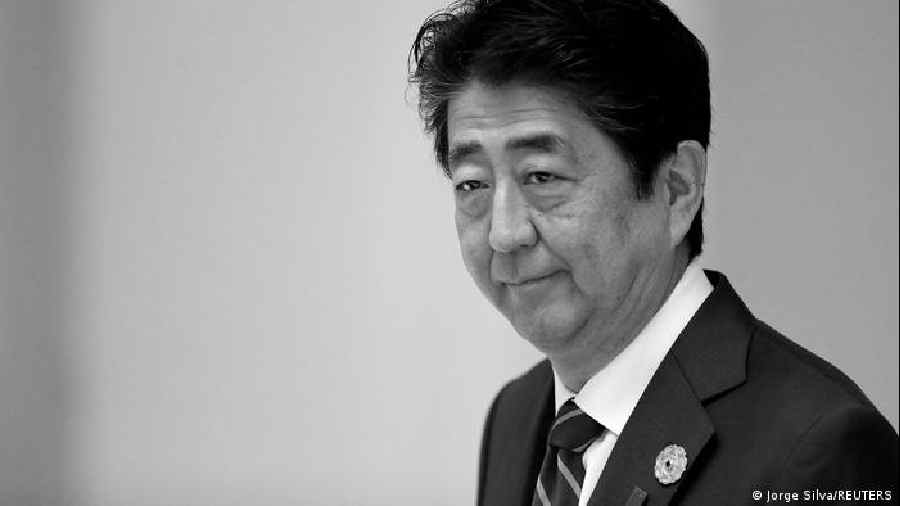Officially, Japan divides its calendar into eras that mostly coincide with the reigns of different emperors. Yet, to the rest of the world, Japan has for many years now been in a unique era defined not by an emperor but by Shinzo Abe, the country’s former prime minister who was assassinated on Friday. Mr Abe was Japan’s longest-serving prime minister, who held office between 2006 and 2007, and then from 2012until his resignation in 2020 because of declining health. He was shot dead while campaigning for a candidate from his party ahead of elections to Japan’s upper House of Parliament on Sunday. Prior to Mr Abe’s eight-year continuous stint, the East Asian nation had become synonymous with a revolving door at the top: Japan had seven prime ministers in the 1990s, and five more between2007 and 2012. Mr Abe brought rare stability to the leadership of his nation, allowing Japan to attempt bold breaks with the past. The world’s third-largest economy has long struggled with negligible economic growth, even as its population has aged. With what came to be known as ‘Abenomics’, Japan increased spending on infrastructure and cash benefits to citizens, while keeping interest rates close to zero, to shake the economy back into motion. He also introduced tax reforms and made a conservative nation open upto greater employment opportunities for women.
Remarkably, Mr Abe married that domestic agenda with a reimagining of Japan’s place in the world. He sought to rewrite his country’s pacifist,post-World War II Constitution to allow Japan to sell modern weapons and platforms and adopt a more assertive military policy. He was the brain behind a grouping of India, Japan, Australia and the United States of America to ensure peace and stability in the Indo-Pacific. Today known as the Quad, it was a concept Mr Abe spelt out during an address to the Indian Parliament in 2007. To be sure, he was controversial: he paid obeisance to Japanese wartime generals and was viewed in China and South Korea as an apologist for the crimes committed by Japan against those nations. But while he failed to change Japan’s Constitution and transform the economy, he laid the foundations that his successors, for the most part, have tried to build upon. The leaders of the US, India and Australia, in a joint tribute to Mr Abe, have also committed to continuing his legacy in the Indo-Pacific. Mr Abe is no more. But in Japan and the region, the Abe era lives on.










